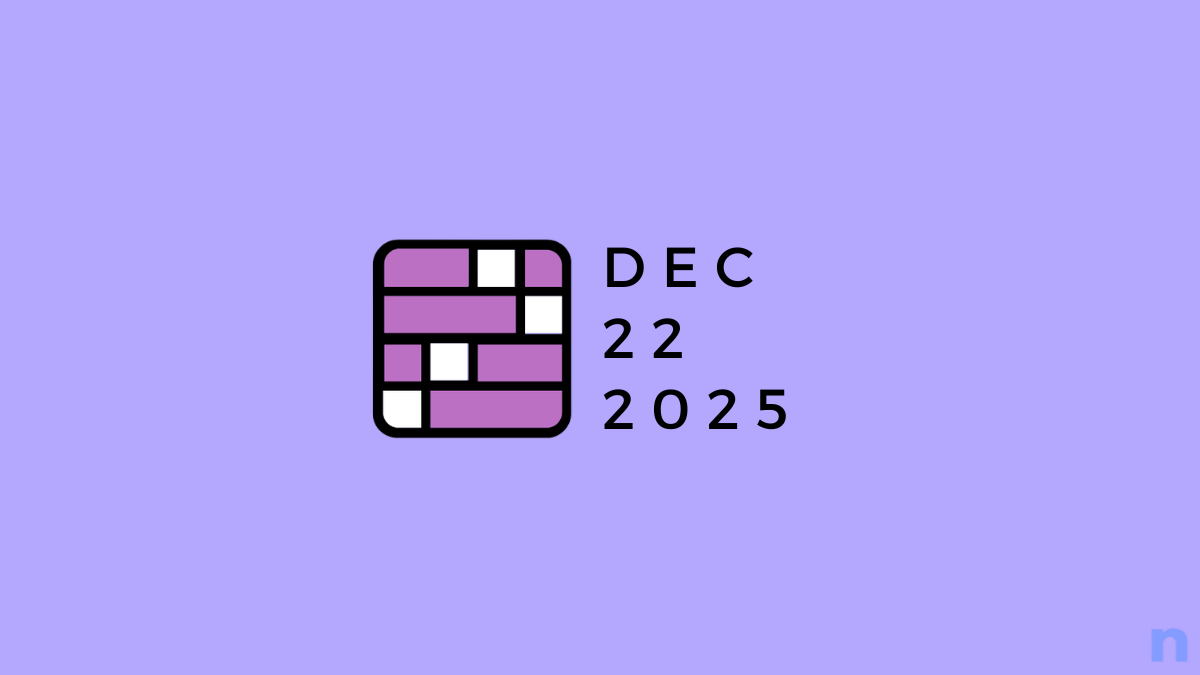With screen sizes on phones getting larger by the day, it was only a matter of time when the display tech evolved to the next level. The current crop of high-end phones, all pack 720p displays, which in the case of television displays, would be categorized as HD-Ready, and not full HD. However on small-sized screens, it seemed to be perfect, with pictures and colours coming out vividly, vibrantly and sharply.
With HTC’s announcement of the HTC J Butterfly, a 5 inch smartphone which packs a full HD – 1920 x 1080 resolution Super LCD 3 screen, 720p seems to be set to take a back seat, as more manufacturers jump on the 1080p bandwagon. Well, higher res displays would most definitely need higher spec components on the inside, to pack all the power required, and that would certainly not come cheap. Which brings us to the question – Would 1080p displays actually matter? Would they be better than the current 720p displays on smartphones?
The answer is both – Yes and No. Let’s start with the No part first. The truth is that any difference between 720p and 1080p, even on a large 40″ television set, is barely discernible to the average naked eye. Unless you are an imaging expert who spends all day studying high-res images, or have exceptional eyesight, you could easily get fooled between the two. In a screen size as small as a mobile screen (In this case anything below 37″ is considered small), according to Dr Raymond Soneira, CEO of DisplayMate comments that packing even twice the number of pixels into essentially the same surface area is marginally beneficial as your eye can hardly tell the difference between 720p and 1080p on a typical smartphone display.
It also turns out that to most average folks, the extra sharpness of a 1080p display would not matter, visually at least, because the eyes typically cannot resolve sharpness above 229 ppi – pixels per inch. Also in case of images, even the tiniest detail is spread over multiple pixels, and so there would be negligible difference when viewed on a 720p or a 1090p display.
On the other hand, 1080p displays would definitely help in re-scaling content, making text and buttons stand out and look crisper and sharper. This might certainly help in viewing web pages or reading e-books. However, techniques like sub-pixel rendering can help improve the visual sharpness even on lower res displays, so is it worth the extra cost of adding a 1080p display?
These questions will be there, and there will be conflicting groups of answers. However, none can deny the excitement that any piece of new tech can stir up. Discernible or not, people would still pay a premium to grab a 1080p phone and show it off to their friends. Phone makers are banking in on the oomph and eye-candy factor for these devices, not to mention consumer desire to own the latest piece of tech in the market.













Discussion